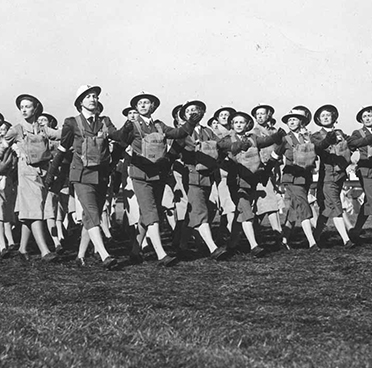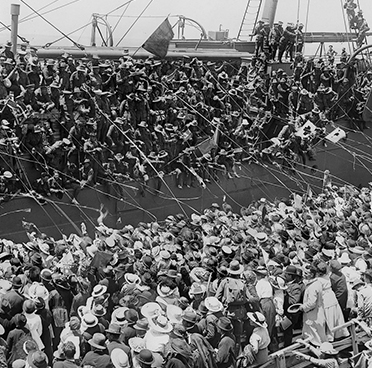ANZAC Day and Remembrance Day Australia
Honouring Lives Lost in the War
War is a time of extreme destruction – to families and to countries. It leaves scars that heal but never go away. On 4 August 1914, Australia pledged its full support to Britain and marked when Australia officially became involved in the First World War. This war delivered our nation’s biggest number of losses and casualties.
Since then, our military troops have served many different wars and provided military aide worldwide. Like other nations, every war brings about immense grief and loss. That’s why in Australia we have two dates in our calendar to mark commemorations for those lost tragically in war. Together as a nation we gather twice a year to remember those who died or suffered for Australia's cause in all wars and armed conflicts.
At City Funerals, we take a moment to honour and celebrate lives lost, including all those lost in war.
We will remember them. Lest we forget.
ANZAC Day
Held on 25 April, ANZAC Day is one of Australia’s most important national occasions. It is our national day of remembrance.
ANZAC Day stands for Australian and New Zealand Army Corps with soldiers in the First World War who landed on Turkey’s Gallipoli Peninsula at around dawn on Sunday 25 April 1915.
ANZAC Day marks the anniversary of the first campaign that led to major casualties for Australian and New Zealand forces during the First World War. After the Second World War, ANZAC Day became a day to commemorate all the Australians and New Zealanders who have served our country.
The first ANZAC Day was held on 25 April 1916 with marches held all over Australia. The dawn service became symbolic to the dawn landing in Gallipoli with returned soldiers seeking the comradeship they felt during the peaceful moments before dawn.
By the mid-1930s, all the rituals now associated with the day—from dawn vigils, marches and memorial services to red poppies, two-up games and a national public holiday —became part of Australian ANZAC Day culture.

Remembrance Day
Held on 11 November, Remembrance Day (formerly known as Armistice Day) is observed by the Commonwealth of Nations to honour and remember all who have died as a result of war. In 2018, Remembrance Day also marks the 100th anniversary of armistice which ended the First World War.
Like ANZAC Day, Remembrance Day is a day to remember loved ones lost while they protected our country. It’s a day to honour and respect family and friends who bravely served our country in tragic world wars… and to honour their commitment and loyalty to Australia, the Commonwealth and our freedom.
Each year, Remembrance Day falls on the 11th of November. On the 11th hour on the 11th day of the 11th month, a minutes’ silence is observed and dedicated to all soldiers who died fighting to protect our nation. It was at 11am on 11 November 1918 that the guns on the Western Front fell silent after more than four years of continuous warfare.
The moment of silence we observe was originally proposed by Australian soldier and journalist Edward Honey in 1918. It was King George V who personally requested all people of the British Empire suspend normal activities for two minutes on the hour of the Armistice. The two minutes silence was popularly adopted and became a central way to pause to remember all of the men and women of the Australian Defence Force who have made the ultimate sacrifice.
On the second anniversary of the Armistice on 11 November 1920, the commemoration was given added significance when it became a funeral, with the return of the remains of an unknown soldier from the battlefields of the Western Front. During the First World War, between 9 and 13 million people died with one third of them left with no grave. At the time, unknown soldiers were interred with full military honours in Westminster Abbey in London and at the Arc de Triumph in Paris. Most other allied nations adopted the tradition of entombing unknown soldiers over the following decade.
In Australia on the 75th anniversary of the armistice in 1993, the remains of an unknown Australian soldier, exhumed from a First World War military cemetery in France, were ceremonially entombed in the Australian War Memorial's Hall of Memory.

Both ANZAC Day and Remembrance Day may resurface a lot of raw feelings and emotions. The death of a loved one is always difficult. When the death results from a war, it can be even more troubling given the sudden and potentially violent nature of the event. Visit our coping with grief page for information to help you and loved ones.
We will remember them. Lest we forget.
Source: anzacday.org.au, rslnsw.org.au & awm.gov.au